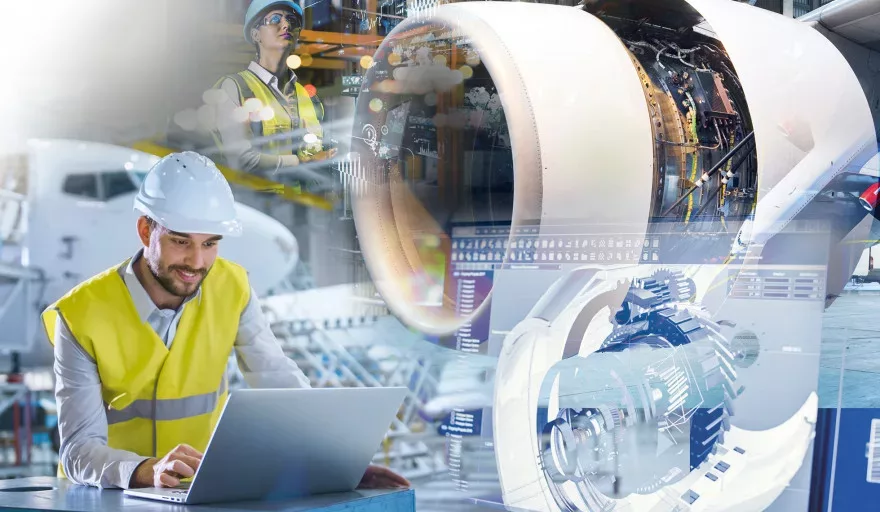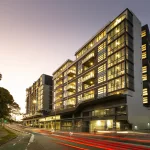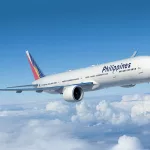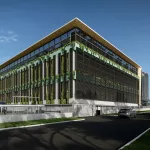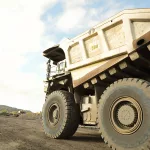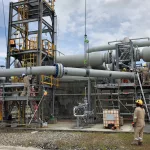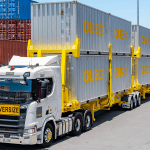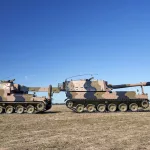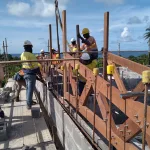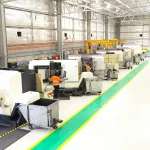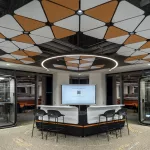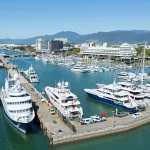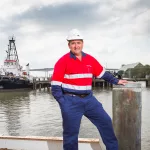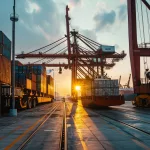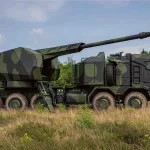Although the outbreak of COVID-19 has brought a halt to some air travel in the short-term, aerospace activity is set to grow exponentially in the longer term and create demand for MRO services.
More than half of the total number of new air travellers over the next 20 years will come from Asia, making the region the main driver of global air travel growth. According to research by the International Air Transport Association, the total market size of passengers in the APAC region is expected to hit 3.9 billion by 2037, up from 1.5 billion passengers today.
This is no surprise given the rising wealth and middle class populations of major and emerging economies in region such as China, India, Indonesia, Thailand, and Vietnam. In support of that rising demand, premium and low-cost carriers such as Singapore Airlines, Qantas, Vistara, and Bamboo Airways have launched multiple new flight routes in the past 12 months, while others frequently add additional flights to cater to increased demand during peak travel and holiday seasons.
While the increased travel is obviously a boon for the industry, meeting this rapidly rising demand for air travel presents both large and small challenges to airlines. To cope with the increased air travel, airlines are either purchasing new aircrafts as they look to upgrade their fleet, or maximising the usage of their existing fleets – resulting in more flights. Airlines are constantly balancing the two options, as purchasing new aircraft often takes several years to receive the final delivery and upfront costs are high.
That is why many airlines have placed such a big emphasis on the second option to retain their market share. For airlines in APAC, ensuring that their fleets operate at optimal efficiency is key, particularly in this new age of the ‘experience economy’ where consumers increasingly prefer a superior experience over a superior product.
The complexities of maximising fleet efficiency
But even by maximising the use of air fleets, airlines are faced with further complexities. These include making existing fleets take on additional flights, which lead to wear and tear, and ensuring that the downtime between each flight is reduced, while continuing to emphasise passenger safety and flight worthiness. This has underscored the importance of maintenance, repair and overhaul (MRO) with an emphasis on repairability. Airlines need to optimise the time in between flights to focus on the right repairs and maintenance work to ensure flight efficiency and reliability, keeping current fleets in prime condition.
Another issue to contend with is the constant need and lengthy cycle of replacing aircraft parts when they break down or need to be upgraded. Obtaining spare parts remains a difficult and challenging process as buyers often struggle to find inventory and resort to manual calls and emails to identify potential sellers.
This results in a lengthy lead time for quotations and an even lengthier sales cycle, because companies often don’t stock immediate inventory and take time to respond.
Identifying maintenance gaps before they appear
One way that airlines are trying to address the issue of repairability is through the growing use of predictive maintenance. Modern aircraft generate vast amounts of data, and it has become standard nowadays to use data analytics to predict when an aircraft component is going to fail days in advance. But predictive analytics alone do not give technicians much information about the nature of the problem or how to fix it.
That’s why airlines are also integrating prescriptive analytics, utilised alongside machine learning and artificial intelligence, to significantly transform airline maintenance.
That’s one of the key advantages of Honeywell Forge Connected Maintenance – it combines artificial intelligence and the power of the industrial Internet of Things, along with the expertise of experienced engineering and maintenance experts, to generate accurate and actionable insights for operations and maintenance crews. This has led to better maintenance, higher aircraft availability, fewer delays and cancelled flights, reduced turnaround time and more satisfied passengers, optimising existing air fleets for increased air travel.
For example, Cathay Pacific was facing issues with its Auxiliary Power Unit (APU) failures, causing 242 costly delays per year and lowering the airline’s on-time performance. This cost the airline $24 million and affected customers on over 1,700 flights. Honeywell was able to collect and analyse data to build a model that could predict parts failing on more than 60 aircraft, up to three days in advance. As a result, Cathay was able to reduce delays and cancellations caused by these failures by 30 percent, while lowering APU repair times by as much as 90 percent. This not only helped improve customer satisfaction, it also helped the airline save millions of dollars.
Other airlines such as Nippon Cargo Airlines and Kuwait Airways are employing analytics to save on fuel and improve their flight efficiency. Using Honeywell Forge Flight Efficiency, both airlines are expected to reduce their fuel costs by up to three percent.
Reducing the lengthy process of parts replacement
Online marketplaces are making it easier than ever to purchase airline parts and reduce delivery times – something the industry hasn’t been able to do before. Recently, Honeywell introduced its GoDirect Trade ecommerce platform, an online marketplace that allows buyers to get instant access to new and used aircraft parts available for immediate sale and shipping.
Using blockchain, the platform increases transparency and security to promote trust between buyers and sellers, and provide a validated history of the parts available for sale. This is vital for transactions, especially in the online space. Within APAC, Honeywell is seeing steady interest from major airlines who have used the platform including Lion Air, Japan Airlines, ST Aerospace Engineering, and Boeing Asia Pacific. Currently, APAC customers make up close to 15 percent of the 1,600 users on the platform.
While these are just some of the recent innovations and initiatives that the airline industry is introducing as it embraces newer forms of technology, the true impact on passenger travel in the region has not been truly felt yet. But this is a step in the right direction, and as airlines become more open to implementing such technology, they will be able to better optimise aircraft operations and increase their efficiency. Ultimately, this translates into a more positive experience for passengers.
About the expert
Paul Nef is currently Regional Director of Honeywell Aerospace Asia Pacific Air Transport and Regional Airlines Business
Unit, based in Singapore. He began his business career with Sperry Marine Systems where he held positions in field engineering and marketing.
In 1986, Nef joined Sperry Commercial Flight Systems which later became Honeywell Aerospace. As a fluent speaker of Mandarin Chinese, after joining Honeywell’s aerospace business he was assigned as Honeywell’s first business representative for the greater China area, working out of Hong Kong. Since then, Nef has held leadership positions in Asia regional sales, business development, programme management, product and sales support.

